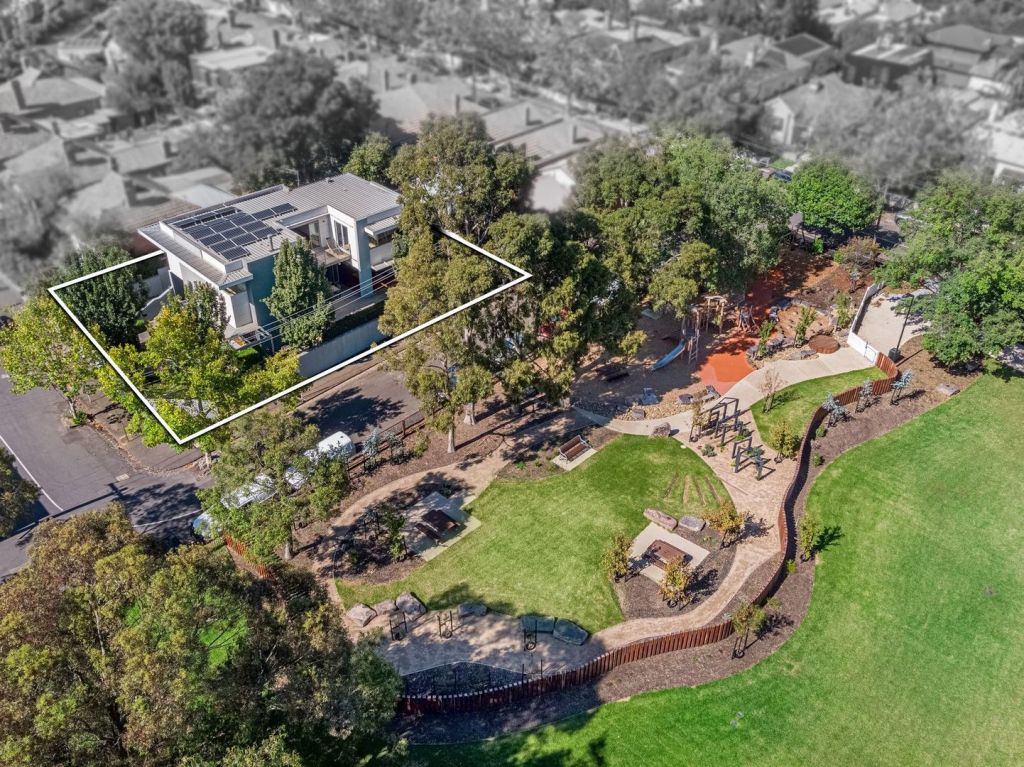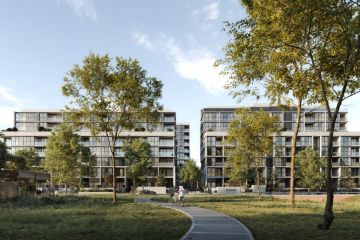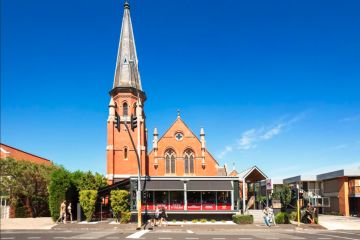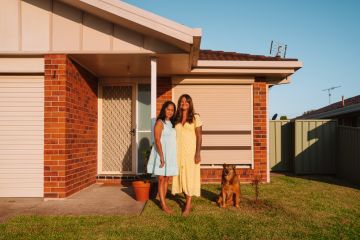How living near a park drives up local property prices

Pandemic pressures are making city dwellers reassess where they live. Having a park, nature reserve, creek or green space within walking distance is now more desirable than ever.
This longing for leafy surrounds – the green factor – is already beginning to affect people’s quest for a home.
“A lot of younger couples have been getting iso dogs, people are buying new puppies, and part of their search criteria is to be close to parklands,” says Melbourne agent Gowan Stubbings from Kay & Burton.
A park location has always been desirable but this has become more important since the pandemic started, he says. Potential buyers are asking how close a property is to a park.
“Any property that is across the road or has a back door or back gate onto a park is going to be highly sought-after.”
At the end of April, he sold a four-bedroom house at 14-16 Ashleigh Road, overlooking Victory Square in Armadale, for $3.7 million.
He says it had been on the market for some time but when the council refreshed the park opposite, it made the house a more attractive proposition and it sold within a week.

With many people working from home, they want to walk and exercise in their own neighbourhood.
“Rather than driving somewhere and it being a massive outing, if – in between work – people can duck out to a park, that’s become a real big selling point,” says Phillip Allison of Belle Property in Sydney’s Ryde.
He says many people know they will be working from home for a couple of years and are reassessing where they live. While the green factor has always been important, he noticed an increased interest since the lockdown and a positive effect on some recent sales.

Number 8 Addington Avenue, Ryde, which sold for $2.95 million prior to auction in September, is 260 metres from Charity Creek Cascades Playground. It fetched a record price for the size of the block in the area.
Mr Allison says after the open for inspections, many prospective buyers would walk to the playground with their kids.
A knock-down prospect at 117 Bridge Road, Ryde, sold for $1.7 million on October 3 to a family planning to build their dream home. Its location 400 metres from popular Santa Rosa Park (an off-leash dog park) was a big attraction for several buyers.
It’s also near a walking track to Macquarie shopping centre.
“The COVID-19 pandemic has shown us that public space is more important than ever,” says urban planning expert Lucinda Hartley.
“People are really seeking out creeks, green and natural spaces. It’s likely based on our recent experience with COVID people will want to live closer to green spaces.”
Her latest research from The New Local: Data Report shows that since March there has been a 238 per cent increase in people’s level of engagement with nature in Melbourne, compared with 54 per cent in Sydney and 133 per cent in Brisbane.
Walkable neighbourhoods are the way of the future, according to a recent report from the Australian Housing and Urban Research Institute, Swinburne University of Technology.
“COVID-19 reaffirms the importance of local neighbourhoods as amenity centres. This includes local areas with green space, local produce and a sense of community,” the report said.
While agents say it’s difficult to put an exact figure on how much a green location increases the value of a home, a 2017 Cooperative Research Centres study How much do we value green spaces? says people are willing to pay up to 16 per cent more for a house with greater access to green spaces.
Their value in 2020 is even far greater.
“Anything that fronts onto a park is a rare commodity as they’re always prized locations,” says Mr Stubbings.
“Parks are going to become more important and they will add a value because people want to have the ability to get out and move around more so than they ever have.”
We recommend
We thought you might like
States
Capital Cities
Capital Cities - Rentals
Popular Areas
Allhomes
More







